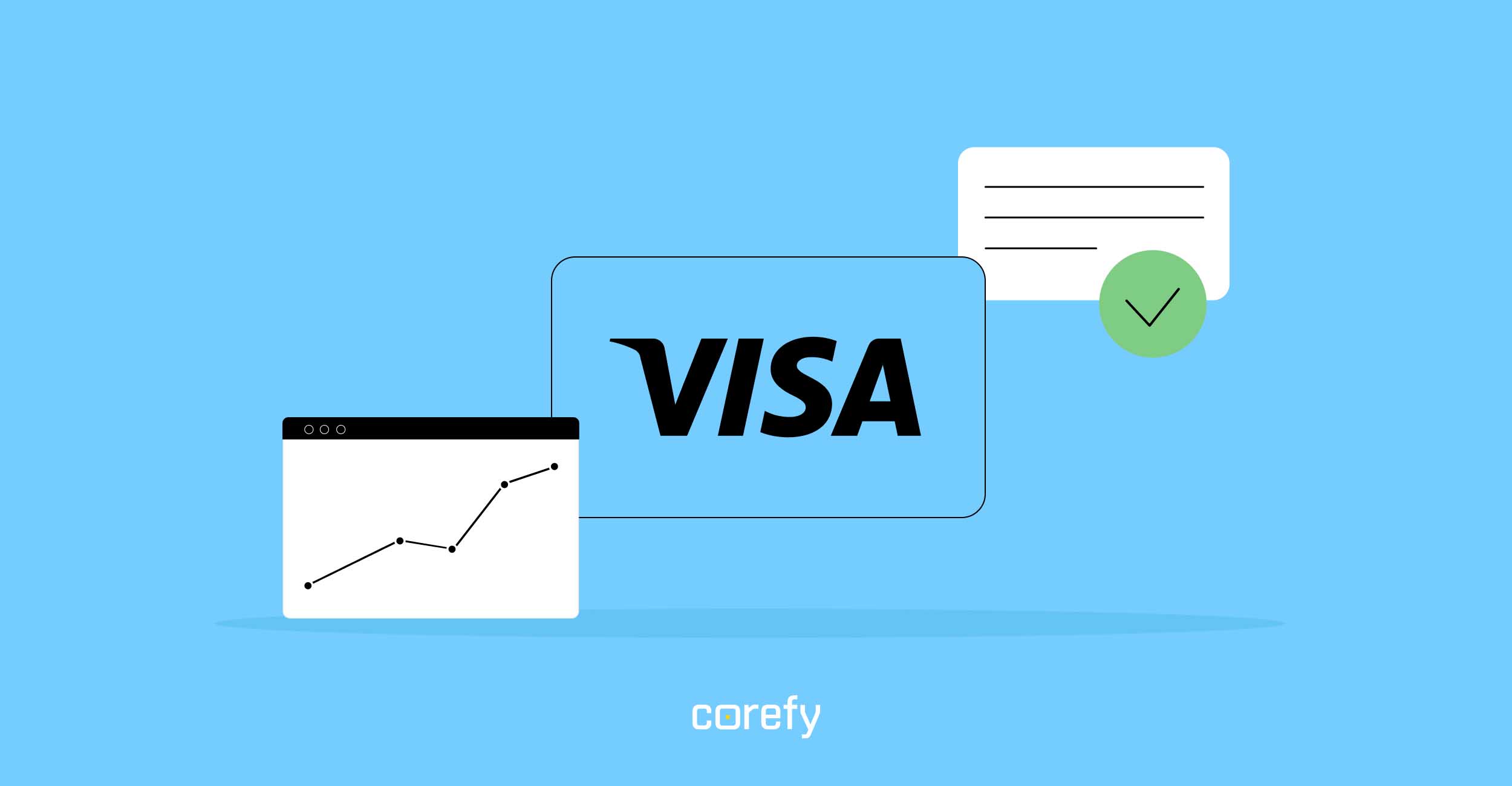Businesses constantly seek ways to streamline payment processing, enhance security, and maintain high conversion rates. Two-step charges are a solution that can assist in achieving these objectives.
In this article, we will shed light on the growing trend of two-step charges, explain how they work, and what benefits this feature can bring to your business.
Two-step charges explained
To start, let's define the term.
Consider an online hotel reservation. During the booking process, the hotel may obtain authorisation to check if the customer's card is valid and has enough funds. However, the actual payment is only captured when the customer checks in or completes their stay.
Two-step charges may be also helpful for high-risk businesses that have Know Your Customer (KYC) checks in place. Let’s consider an example.
With a one-step charge in place, the KYC check is performed after the payment is made. However, if the user hasn't completed the verification process and is deemed untrustworthy, the merchant will have to issue a refund to prevent fraudulent activity or chargebacks.
But with two-step charges, the KYC verification can be performed before the actual payment is made. This means the merchant won't have to issue a refund if the user fails to complete the verification process. Instead, they can simply void the transaction, which is usually less expensive or even free compared to issuing a refund.
How does it work?
Logically, two-step charges involve two main steps:
Authorisation
When a customer initiates a transaction, the first step is to obtain authorisation from their credit or debit card to ensure that the funds or credit limit are available and hold them until actual debit. This step also involves conducting verification checks, including verifying the cardholder's identity or tracking fraud patterns.
Capture
Once the user is verified, the actual payment is captured. Now, the funds are transferred from the customer's account to the merchant's account. Both the customer and the merchant receive confirmation of the completed transaction.
Benefits of two-step charges
Implementing two-step charges offers a multitude of benefits for businesses. Here are some key advantages that make this feature increasingly popular:
- Enhanced security. Two-step charges add an extra layer of security by conducting authorisation and verification checks before capturing payment. This ensures payments are only received from verified users and that funds are available.
- Cost-efficiency. Many businesses, especially those operating in high-risk industries, perform Know Your Customer (KYC) checks to minimise potential risks. By imposing KYC checks during the authorisation step, businesses can prevent unnecessary expenses on unconverted users. Plus, there’s a possibility to save on refund fees, since two-step charges functionality involves void payments.
- Improved conversion. One common concern with implementing user verification processes before payment is the potential deterrent effect it may have on customers. However, by conducting user verification during the authorisation step rather than during the checkout process, businesses can eliminate friction and motivate users to seamlessly proceed with their purchases. The smoother payment experience can significantly boost conversion rates.
If you want to create a secure payment processing system, consider using two-step charges. This method can protect your business against financial risks and ensure a smooth payment experience for your customers.



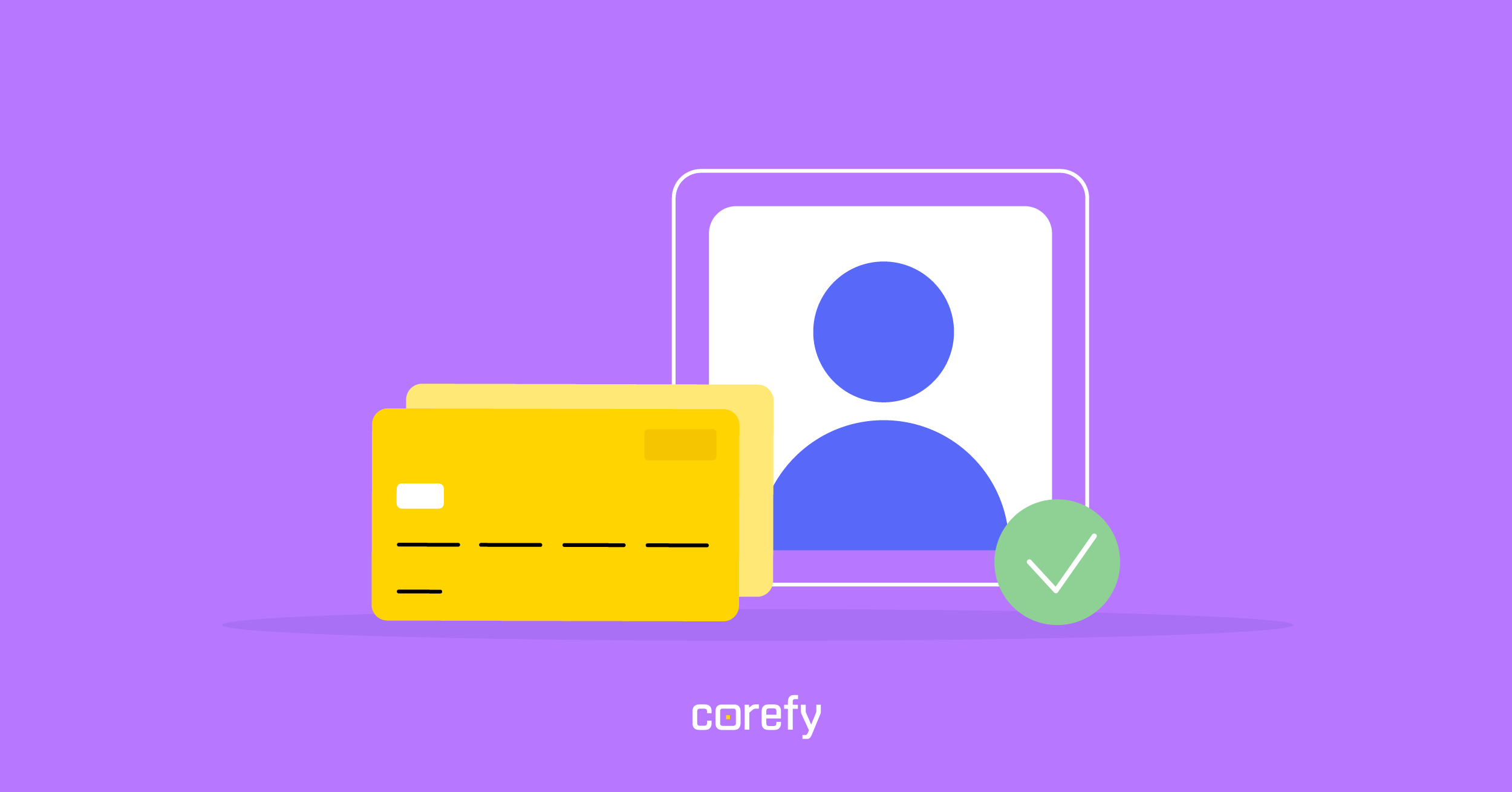
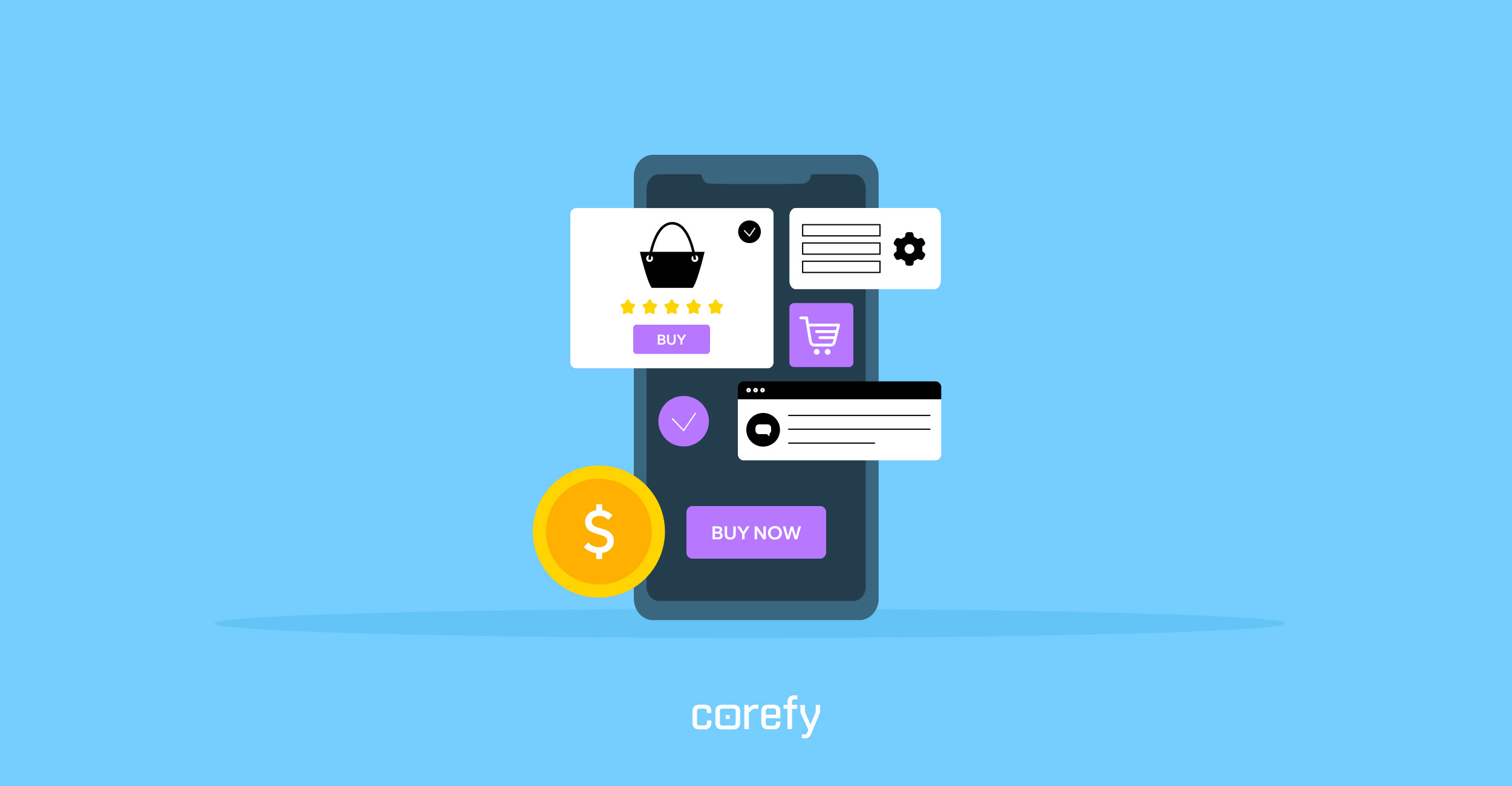
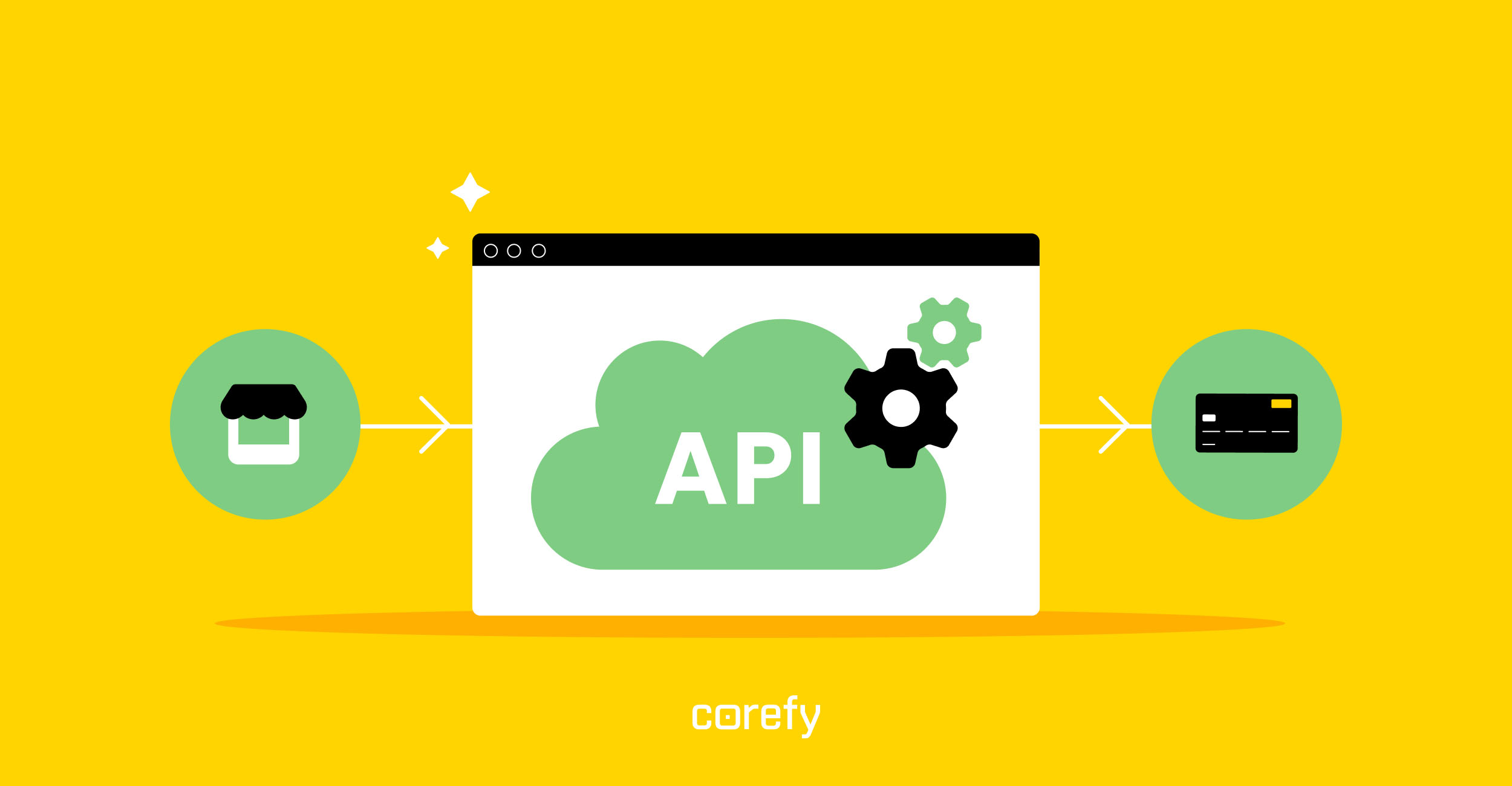
.jpg)
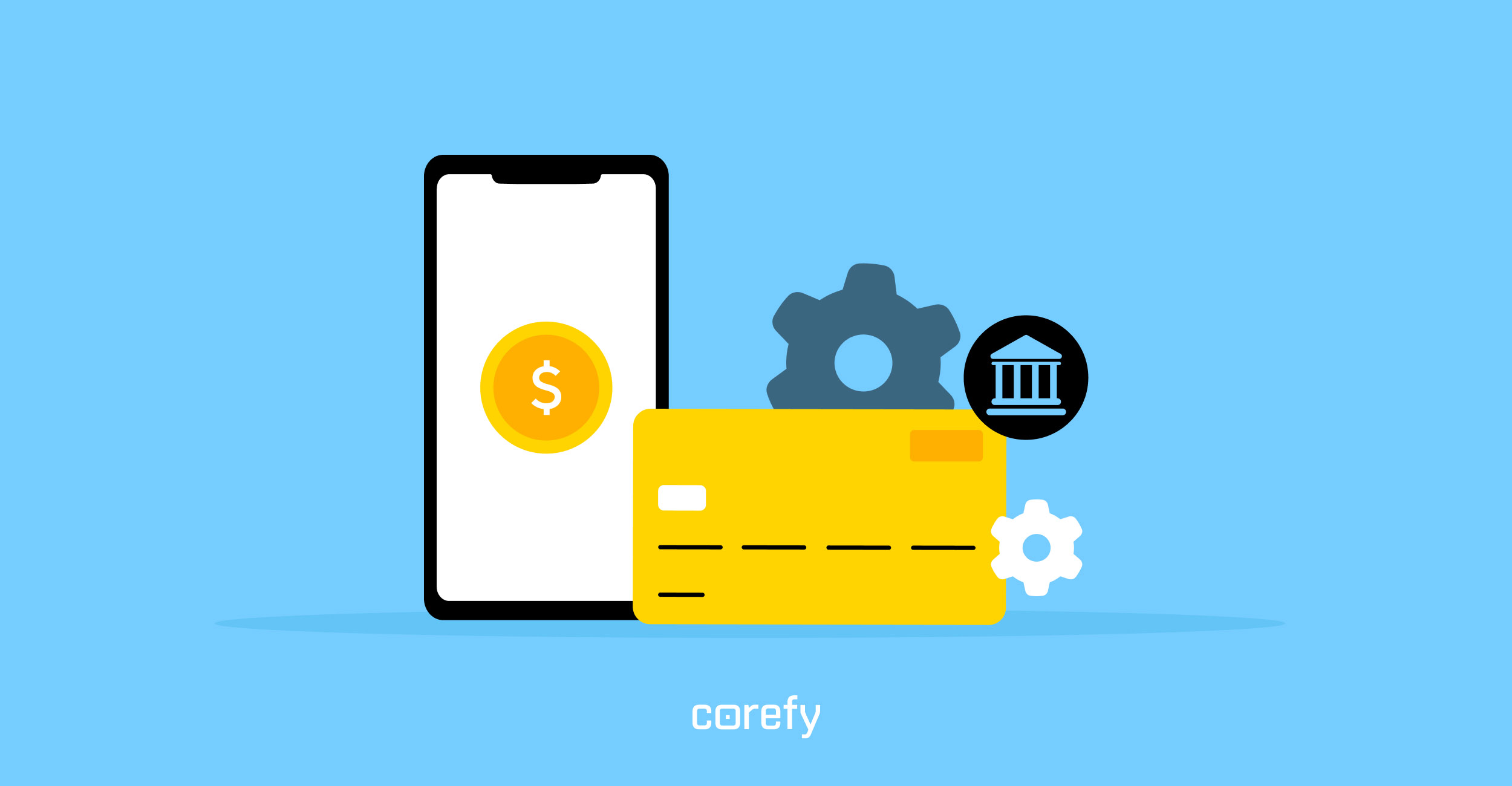
.jpg)
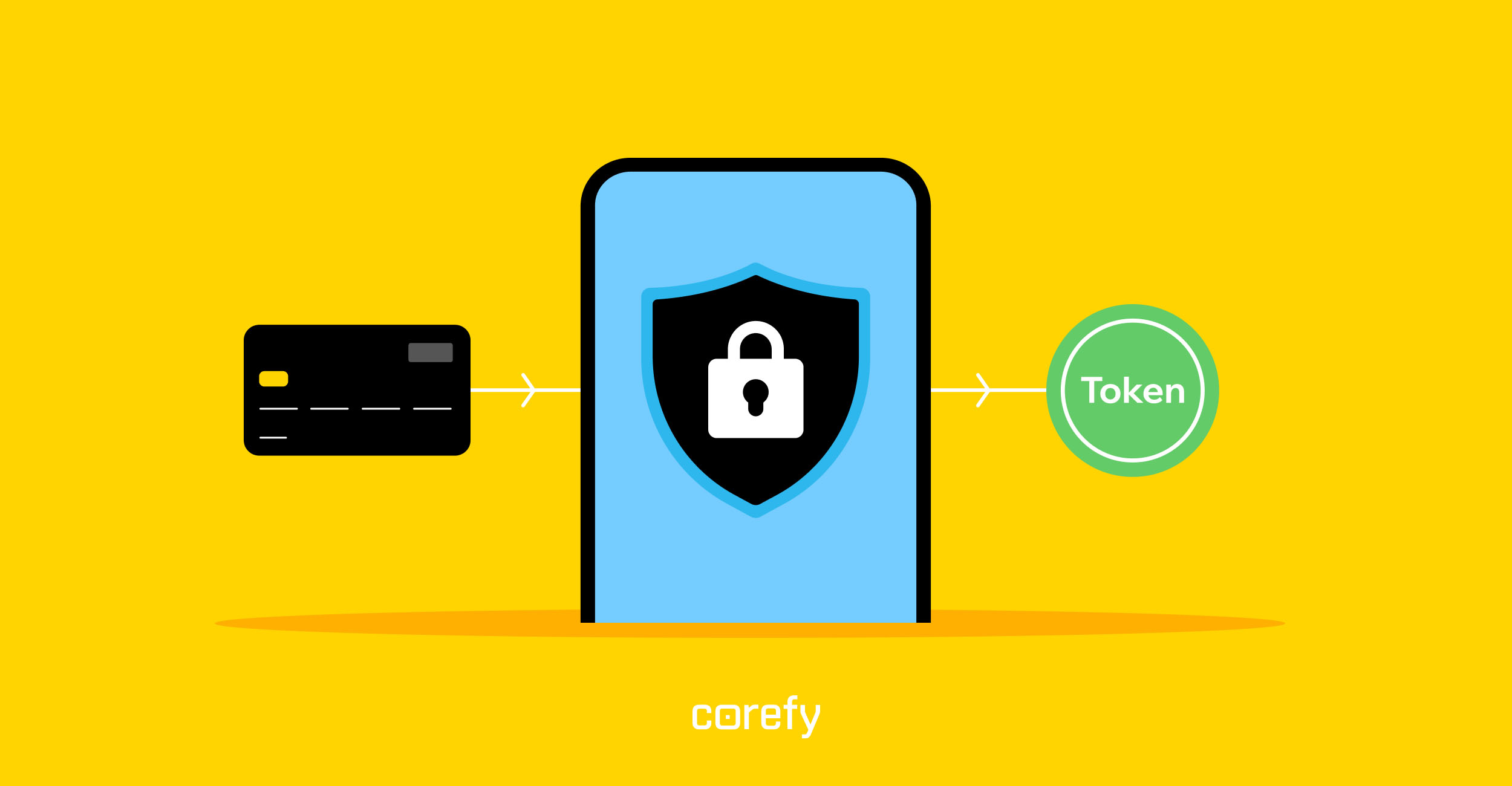
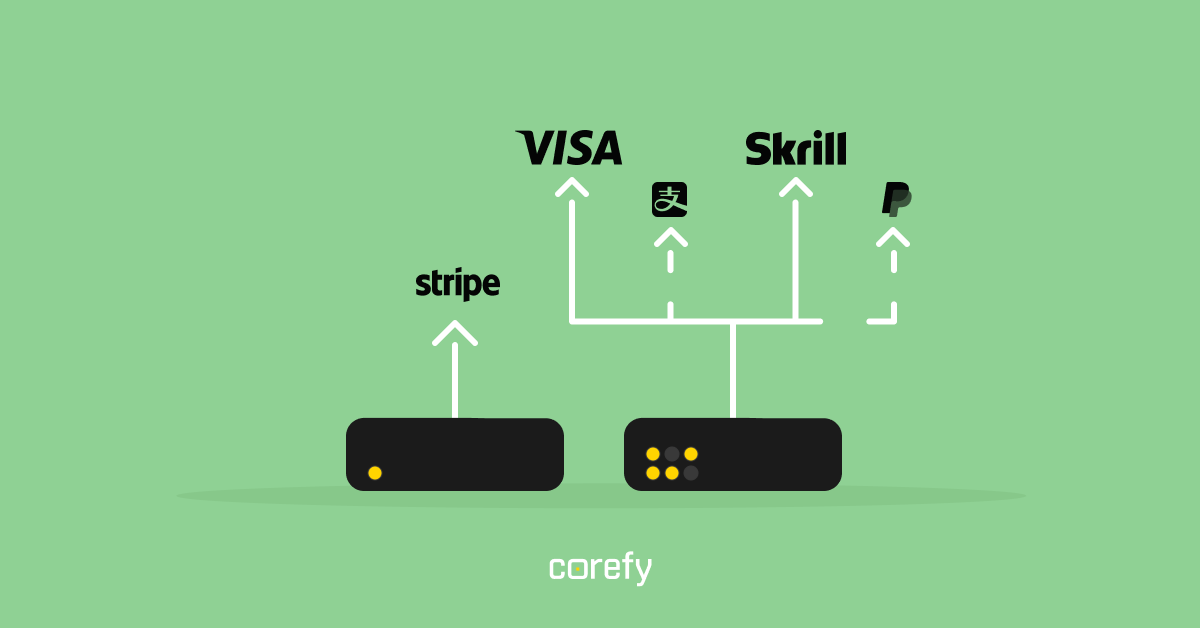

.jpg)
